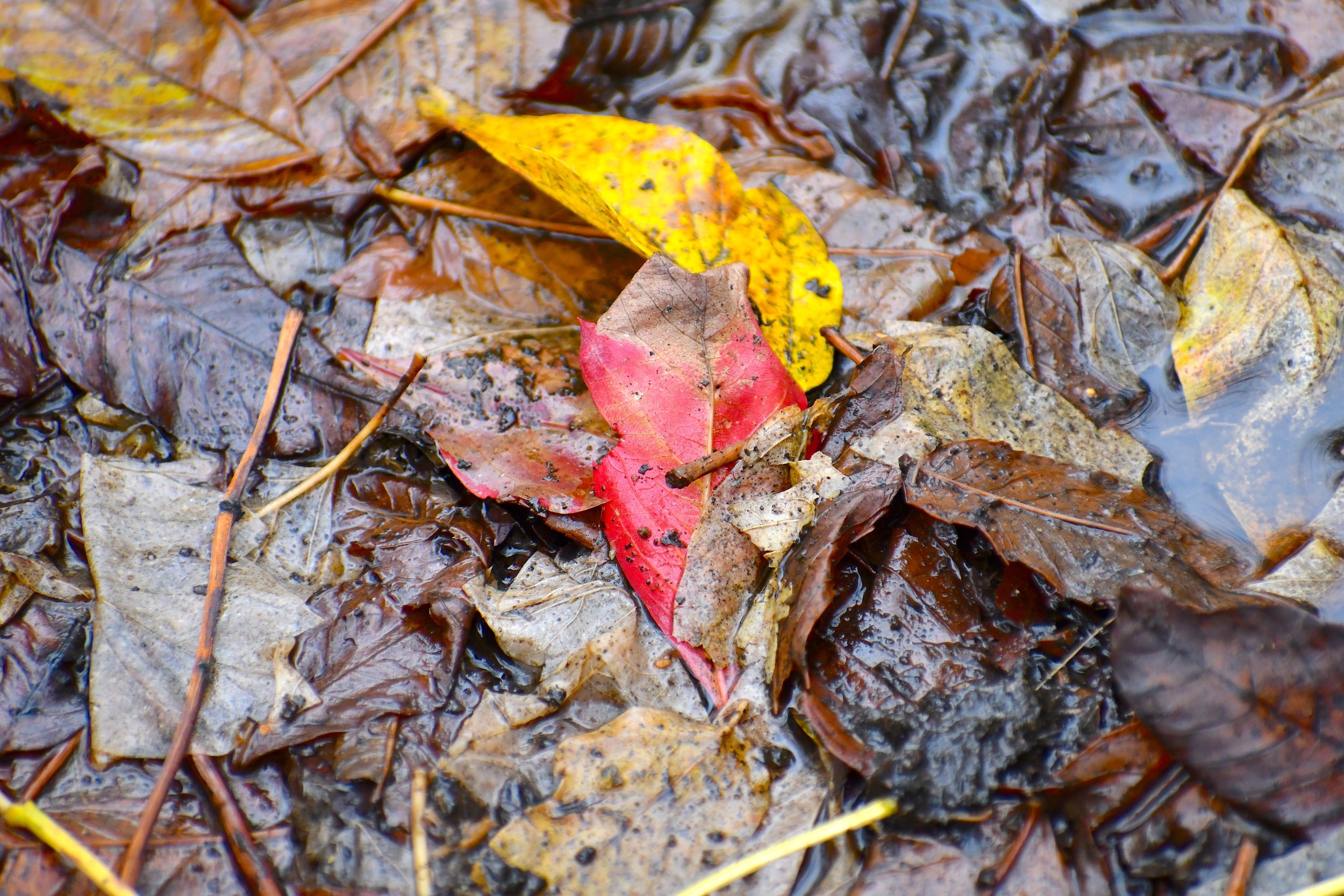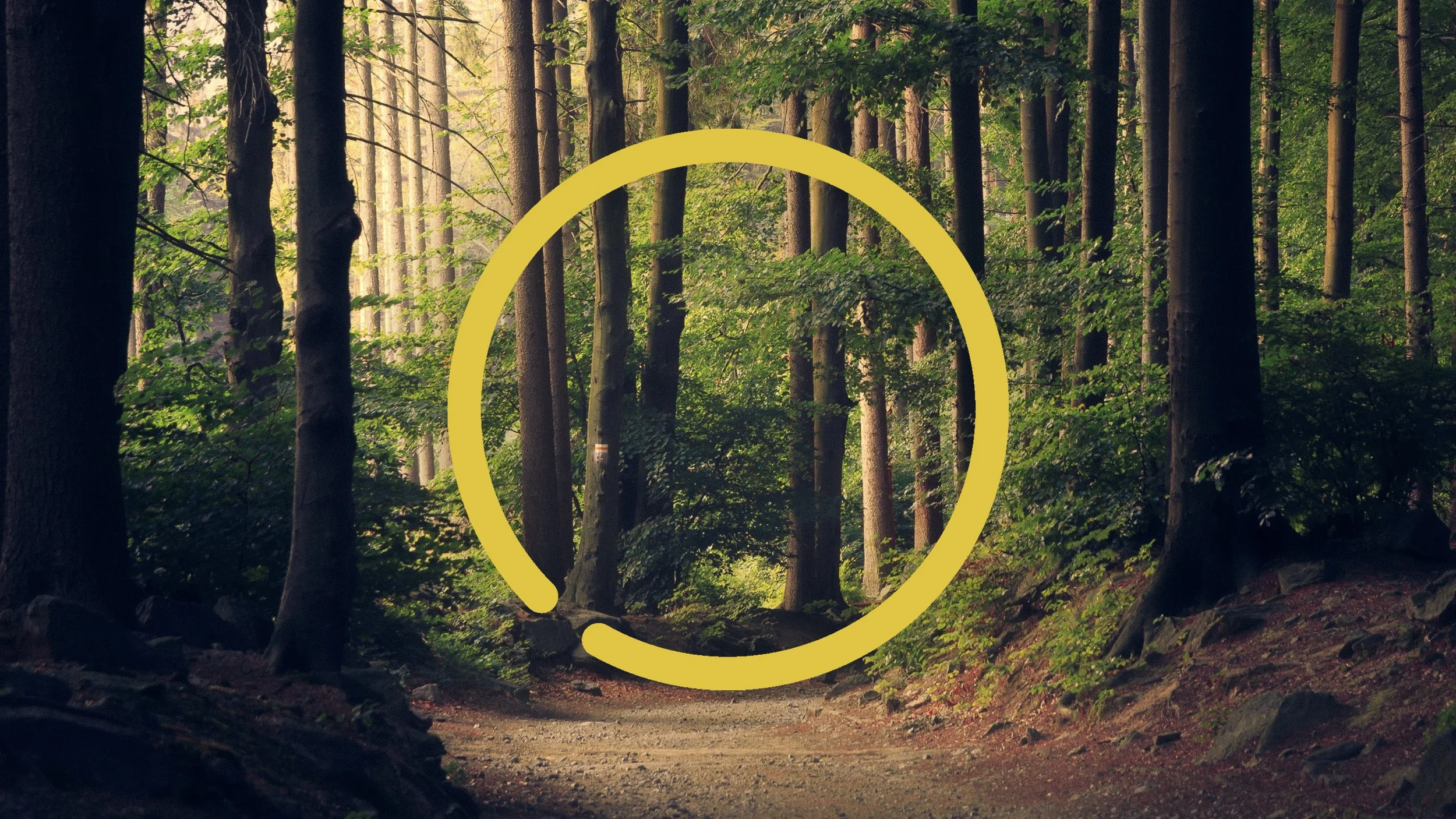
soundscape decomposition
Compose a ”Decomposition” by breaking down the soundscapes of a chosen ecosystem!
-
Create your own soundscape decomposition by breaking down the sounds of nature and wildlife within a chosen ecosystem. This Fieldnote is designed for students in grades 4-6.
At the end of this activity, students will be able to:
define the term “ecosystem”
break down (decompose) individual sounds heard within an ecosystem
compose a soundscape composition
-
This Fieldnote (“soundscape decomposition”) involves inquiry-based learning in the following disciplines: science, geography, and music.
-
Each student will require access to:
A Notebook
A Pencil
A backpack that will serve as a “Field Kit”
A Blanket to sit on (optional)
Snacks (optional)
A wildlife identification guide or a phone with the iNaturalist app (optional)
-
This Fieldnote (“soundscape decomposition”) refers to the following terms: biodiversity, biodiversity loss, climate, climate change, composer, composition, decomposition, ecosystem, soundscape

Part 1. Inspired by the Land
Activity Length: 30 minutes | Location: Classroom
Begin with a class discussion on the word “inspired.”
Explain that teachers — like you! — are inspired by your students. This means that you are amazed or interested in their creativity and hard work.
Ask students what or who inspires them.
Lead the discussion toward the theme of nature and wildlife. (e.g. can we be inspired by nature?)
Have students illustrate ideas, thoughts, or emotions that come to mind while listing to Vivaldi’s Spring.
While the music is playing, explain that Antonio Vivaldi (1678–1741) wrote “Spring” after spending time walking the trails of the Italian countryside.
Suggest that learners put their “musical detective hats” on and listen for cues that this music was inspired by nature.
Do not impose restrictions on the learner’s approach to visual expression.
After the music has come to an end, prompt students to share their illustrations in small groups or with the class.
Explain that Spring is part of a bigger collection of music called The Four Seasons. As you might be able to guess, Vivaldi wrote one composition for each of the Earth’s four seasons: Spring, Summer, Autumn, and Winter. The Four Seasons was written in 1723, long before composers had access to computers or even electricity. Instead, Vivaldi wrote his music on paper and used string instruments like the violin, viola, cello, and bass.
Introduce Biologist and “Wildlife DJ” Ben Mirin’s Okavango Delta.
Ask students why they think Ben calls himself a Wildlife DJ, and why Ben chooses to use animal sounds instead of musical instruments.
Ask students how a crow might show these traits in their day-to-day behaviours.
Explain that Ben uses outdoor microphones to collect the colourful voices of wildlife all over the world. Okavango Delta is upbeat, fun to listen to, and is built from sounds of insects, birds, land animals, and aquatic life living in the swamplands of Botswana in Southern Africa.
Listen again. This time, create a class list of all sounds heard in Ben’s music.
Create a Venn Diagram. Assign one circle to Spring, and the other to Okavango Delta.
Begin with musical differences, writing or illustrating in the outside circles. (e.g. which instruments are used, how listening makes you feel, etc…).
Then, focus on musical similarities using the overlap (e.g. both represent the sounds of bird calls in unique ways, etc…)
Discuss why Vivaldi and Ben might have heard different wildlife while spending time outdoors.
Explain that Vivaldi and Ben were inspired by the musical sounds (or “soundscapes”) of two different places in the world. The scientific name for these places is “ecosystem,” referring to the community of plants, animals, and even non-living things you might find in a certain area. Besides the Italian countryside and the Okavango Delta, what other ecosystems can you think of — and what would they sound like?
Optional: Add a third circle that represents nature in your own hometown or community, what might you hear that is different from Italy or Okavango Delta?
Sketch a large zoomed-out map showing all nearby ecosystems.
It’s important that learners contribute to this planning. An ecosystem could be a playground, a city park, a wooded area, or a community garden. Next to the name of each ecosystem, write down any risks or obstacles that could make visiting difficult or unsafe.
Guide the class toward a decision on which ecosystem to visit.
Create a class checklist, and then pack your bags!
Suggested items include a notebook, pencil, comfortable footwear and clothing, a blanket to sit on, snacks, a wildlife identification guide or phones with the iNaturalist app installed.

Part 2. Fieldwork
Activity Length: 30 minutes | Location: Outdoors
Begin with a Land Acknowledgement and discussion about our relationship with nature.
Explain that it’s important to recognize the countless generations of Indigenous people who have presided over the land previous to the arrival of settler populations — an event that we now refer to as colonization. Why do you think the biodiversity of PEI has changed since colonization? Would the soundscapes of PEI sound the same today as they would have thousands of years ago?
Discuss what it means to “own” something. What’s “wrong” with the idea that humans own Planet Earth and its resources?
Explain that we share the land with plants and wildlife — some are obvious, and some are not.
Discuss the word “decomposition.”
Explain that decomposition is nature’s process of breaking an item down into smaller parts. Think about a leaf that’s fallen to the forest floor — it doesn’t last forever. From green to yellow to red to brown, we can watch the leaf decompose and complete the circle of life. Similar to how banana peels and other items you would toss in the green bin decompose over time, we’re going to use our ears to break down the soundscape of our chosen ecosystem.
Suggest that each student find a nearby example of life and decomposition.
Prompt learners to find their own “observation spots” and sketch each sound they hear around them.
An observation spot is a place where the student can comfortably stand or sit and experience nature through their senses.
Have students sit quietly and listen carefully for at least 5 minutes.
During this period of time, students should sketch simple pictures to represent each sound they hear — natural and human-made. (e.g. a leaf could represent the rustling of trees, a paw-print could represent a red fox, etc…)
Allow students to investigate the source of unknown sounds.
Optional: Use a phone or portable microphone to record the many sounds you encounter.

Part 3. Soundscape Decomposition
Activity Length: 30 minutes | Location: Classroom
Prompt students to share and describe their drawings from outside.
Invite students who present a “new” sound to re-drew their symbols on chart paper or a whiteboard.
Once the class has a collection of drawings, assign one to a group of students. First, ask the students about the noise each drawing would represent. Then, ask students to come up with a way the sound can be recreated using their voices, body percussion, or nearby objects (e.g. a bumble bee might be represented by the sound of a kazoo, or by making a “buzz” sound.)
Emphasize the connection the nature’s decomposition process, where organic matter is broken down. By listening carefully to our surroundings, we “decomposed” the soundscape of the ecosystem.
Draw one long, curvy line.
Include arrows so everyone knows where to music starts and where the music ends!
Have your students determine the length of their musical decomposition (e.g. 45 seconds). Write this number at the end of the curvy line.
Encourage your students to collaborate on this “writing” process. Select drawings from the previous step and decide where each one will appear next to the curvy line. Some sounds, like the pitter-patter of rain, might last for a long time. Other sounds, like a crack of thunder, might only happen once. This works best with erasable markers, or with cut-outs of each drawing.
Perform your decomposition as a class.
Explain to students that you will trace your finger (or pointer stick) along the curvy line. As your finger reaches each symbol, that’s the cue to perform the sounds each group agreed on. Try to closely represent the sounds of your ecosystem as you perform this new piece of music!
Starting out, each drawing should be performed by the group members who came up with the sound.
Once everyone is paying close attention, trace their finger along the curvy line. Pace yourself according to the decomposition’s predetermined length.
Don’t forget to name your composition!
Optional: Record your class “decomposition” and reflect on its likeness to the sounds heard in nature.




